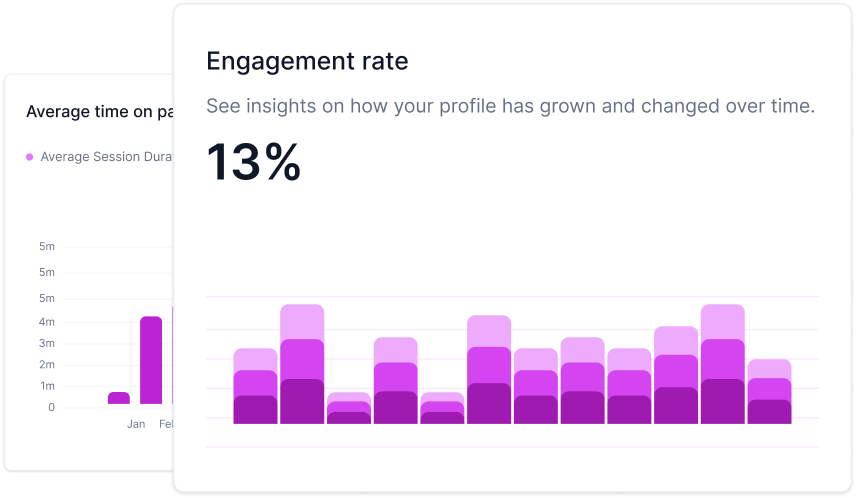What is a funnel?
At its core, a funnel is a visual representation of the journey potential customers go through before making a decision - be it a purchase, a sign-up, or any other conversion metric. Picture an actual funnel: wide at the top and narrow at the bottom. This imagery portrays the gradual narrowing of a broad audience into potential leads and, ultimately, into loyal customers.
How does it relate to the customer journey?
The funnel aligns perfectly with the stages a customer goes through, from the moment they become aware of a product or service, to consideration, and finally, the decision to purchase. Broadly, these stages are:
- Awareness: The customer recognizes a need and becomes aware of solutions.
- Consideration: The customer evaluates various options available in the market.
- Conversion: The customer decides on a particular product or service.
Each of these stages corresponds to a section of the funnel, starting broad at the awareness level and narrowing down to the conversion point.
Why is it important to understand and optimize each stage of the funnel?
Recognizing and addressing the unique requirements of customers at every stage is crucial. This targeted approach ensures that marketing efforts resonate with potential customers, nudging them gently to the next stage. For instance, during the awareness phase, educational content might be more appropriate. As they move down to consideration, detailed comparisons or testimonials might prove more persuasive. By optimizing each stage, businesses can effectively guide prospects towards conversion, ensuring a higher success rate and better return on investment.
How can I create and analyze an effective funnel for my business or campaign?
Begin by mapping out your customer's journey. What are the touchpoints? How do they engage with your brand? Tools like Google Analytics can provide valuable insights into user behavior on your website.
Next, tailor your content and strategies to address the specific needs of each funnel stage. Use A/B testing to see what resonates most with your audience.
Lastly, regularly review and analyze the performance. Are there drop-offs at a particular stage? Delve into why that might be and refine your approach.

